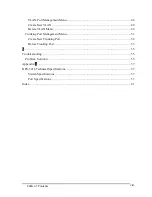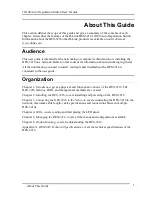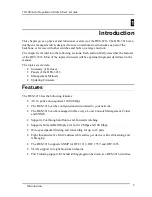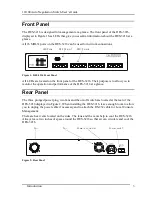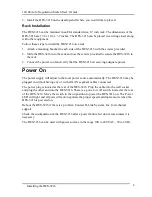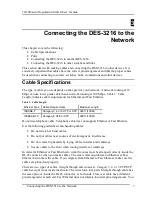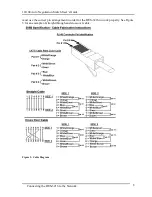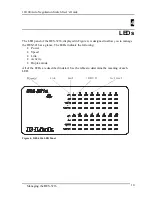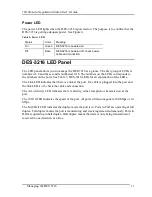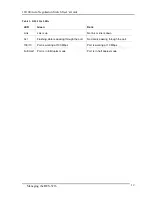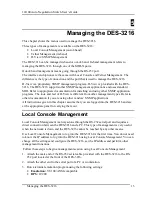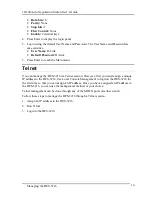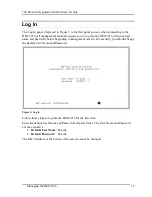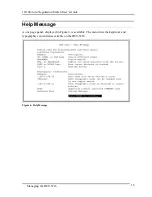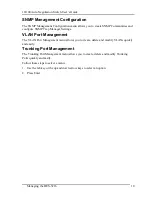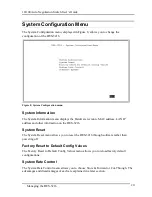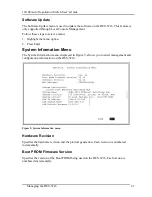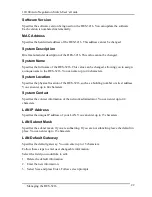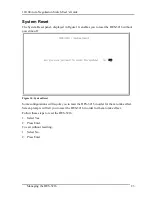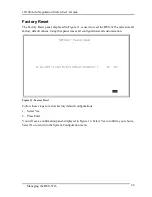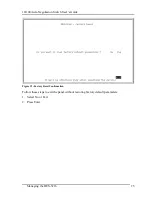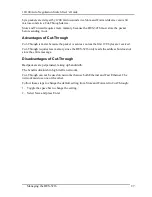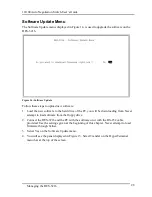
10/100 Auto Negotiation Switch User’s Guide
Managing the DES-3216
13
5
Managing the DES-3216
This chapter shows the menus used to manage the DES-3216.
Three types of management are available on the DES-3216:
•
Local Console Management (out-of-band)
•
Telnet Management (in-band)
•
D-View/ SNMP Management
The DES-3216 can be managed in-band or out-of-band. In-band management refers to
managing the DES-3216 through one of the MDI-X ports.
Out-of-band management means going through the RS-232 port.
The interface and options are the same with Local Console and Telnet Management. The
difference is the type of connection and the port that is used to manage the DES-3216.
D-View is a proprietary SNMP management program. D-View is provided with the DES-
3216. The DES-3216 supports other SNMP management applications and uses standard
MIB. Refer to appropriate documentation for installing and using other SNMP application
programs. The look and feel of D-View is different from other management types. Refer to
other documentation if you are using other vendors’ SNMP applications.
All instructions given in this chapter assume that you are logged into the DES-3216 and are
at the appropriate panel for carrying them out.
Local Console Management
Local Console Management is always done through the RS-232 serial port and requires a
direct connection between the DES-3216 and a PC. This type of management is very useful
when the network is down and the DES-3216 cannot be reached by any other means.
Use Local Console Management to log into the DES-3216 for the first time. You do not need
to know the IP address to log into the DES-3216 using Local Console Management. You can
change all the settings and configure the DES-3216, set the IP address and perform other
management functions.
Follow these steps to begin a management session using Local Console Management:
1. Attach the male end of the RS-232 serial cable provided with the DES-3216 to the RS-
232 port located at the front of the DES-3216.
2. Attach the other end to the serial port of a PC or workstation.
3. Run a terminal emulation program using the following settings:
•
Emulation: VT-100/ANSI compatible
•
BPS: 19 200


